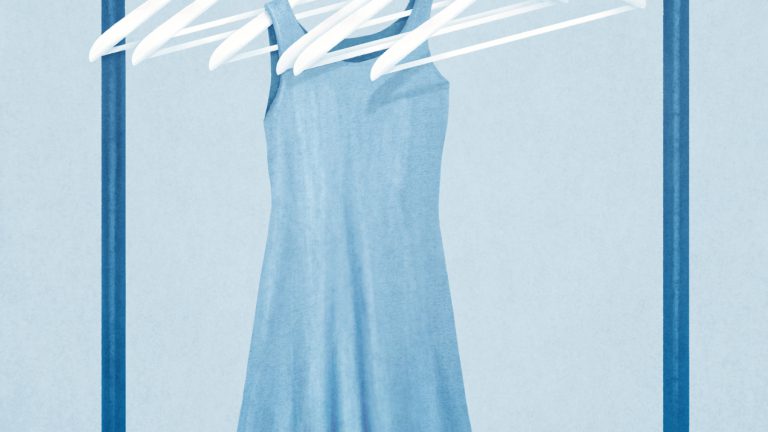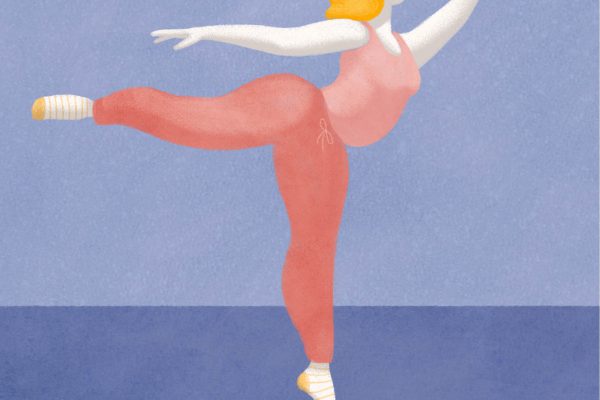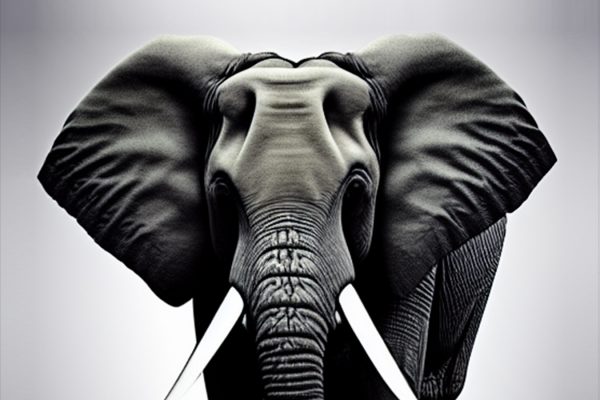How many things are necessary for a good life? Minimalist Fumio Sasaki pared down the number of objects in his home to just 150—which he bumped up to 300 when he moved into a larger flat. In the spirit of his bestseller, Goodbye, Things, here are just two top insights from our latest release.
Key Insight 1: Decluttering can be approached in stages. Aspiring minimalists should not pressure themselves to achieve a perfectly decluttered household when first adopting the method. Most minimalists go through stages of decluttering before finalizing the list of items most necessary to their lives. Taking small steps toward a minimalist lifestyle is more productive than setting lofty goals. Identifying objects that can easily be discarded, like trash or outdated paperwork, is a perfect way to start. Tackling obvious messes around the house can provide the momentum needed to evaluate other possessions that may be more difficult to part with.
Key Insight 2: The psychological costs of ownership should be considered when deciding whether to discard an item.Retaining an item is often justified through claims that throwing it away would be a waste of money. Especially when an item has been underutilized, it can feel like a financial waste to toss it. However, that item is likely sapping the owner’s energy by evoking feelings of guilt about its seemingly wasted potential; the object can additionally cause stress by contributing clutter to the home environment. Rather than trying to recoup lost expenses, a minimalist should consider the emotional and mental downsides of keeping unnecessary items.







